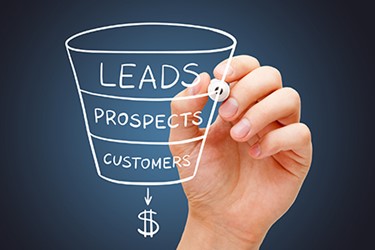Why Lead Nurturing Doesn't Work
By Bill King

By now, you’ve probably heard the term “lead nurturing.” As defined by Marketo, lead nurturing is “the process of developing relationships with buyers at every stage of the sales funnel, and through every step of the buyer's journey. It focuses marketing and communication efforts on listening to the needs of prospects and providing the information and answers they need.”
That seems a little passive to me. From what I’ve seen, there is something more purposeful to the practice. It’s not just listening to the needs of your prospects but also anticipating them based on analyzing previous engagement (or lack of). And constantly testing out those assumptions to better tailor the content you provide to satisfy your prospects’ informational needs.
Most “lead nurturing” efforts fail miserably. Companies rush to follow up an initial engagement with a product pitch or “contact us if serious” message. All very self-serving and not reader-focused at all. Else they continue to drip similar content to the reader ad nauseum, failing to move the prospect down the sales funnel at all.
The problem is that most companies don’t have a large enough audience to test out their assumptions. And even if they do, the portfolio of content isn’t large enough to consistently send out relatable content. How many companies in the water and wastewater market are rotating through a handful of documents to keep their email newsletter or lead nurturing efforts alive? To use an oft-used analogy, “You can have any flavor you want, as long as you want vanilla.”
This is where working with a partner that has access to thousands of documents and hundreds of thousands of audience members can prove invaluable. An association, publisher or other third party can quickly advance your lead nurturing efforts by educating you on the patterns of behavior they’ve seen historically with their own editorial content around the area of the industry where you provide products and services.
Most water and wastewater equipment companies don’t have the time, labor or budget to create hundreds of new content assets each year. In this scenario, prioritization becomes critically important to make sure you spend time on creating the right assets to support your nurturing efforts. Leaning on a third party with the analytical tools to help guide that effort is crucial.
